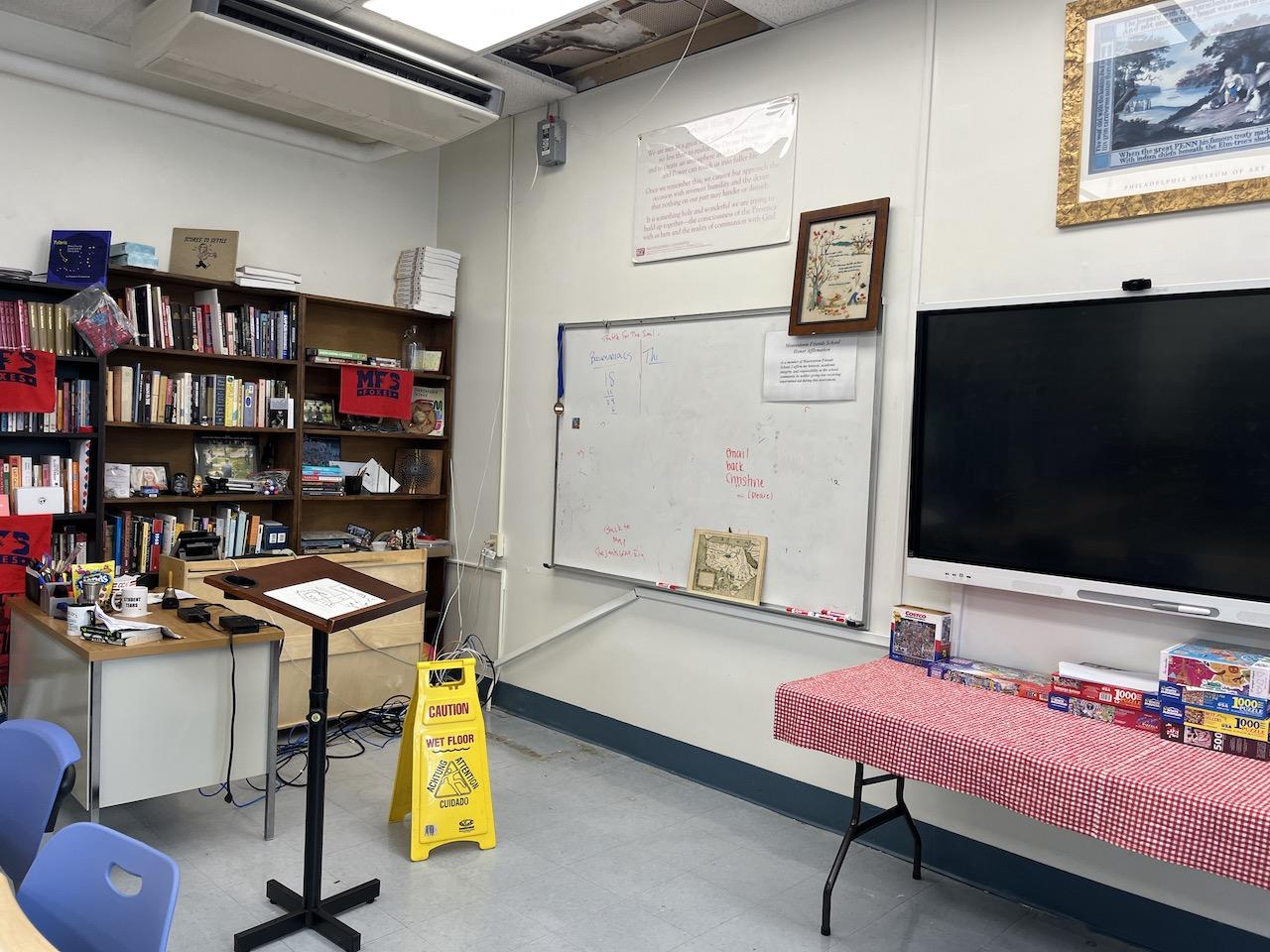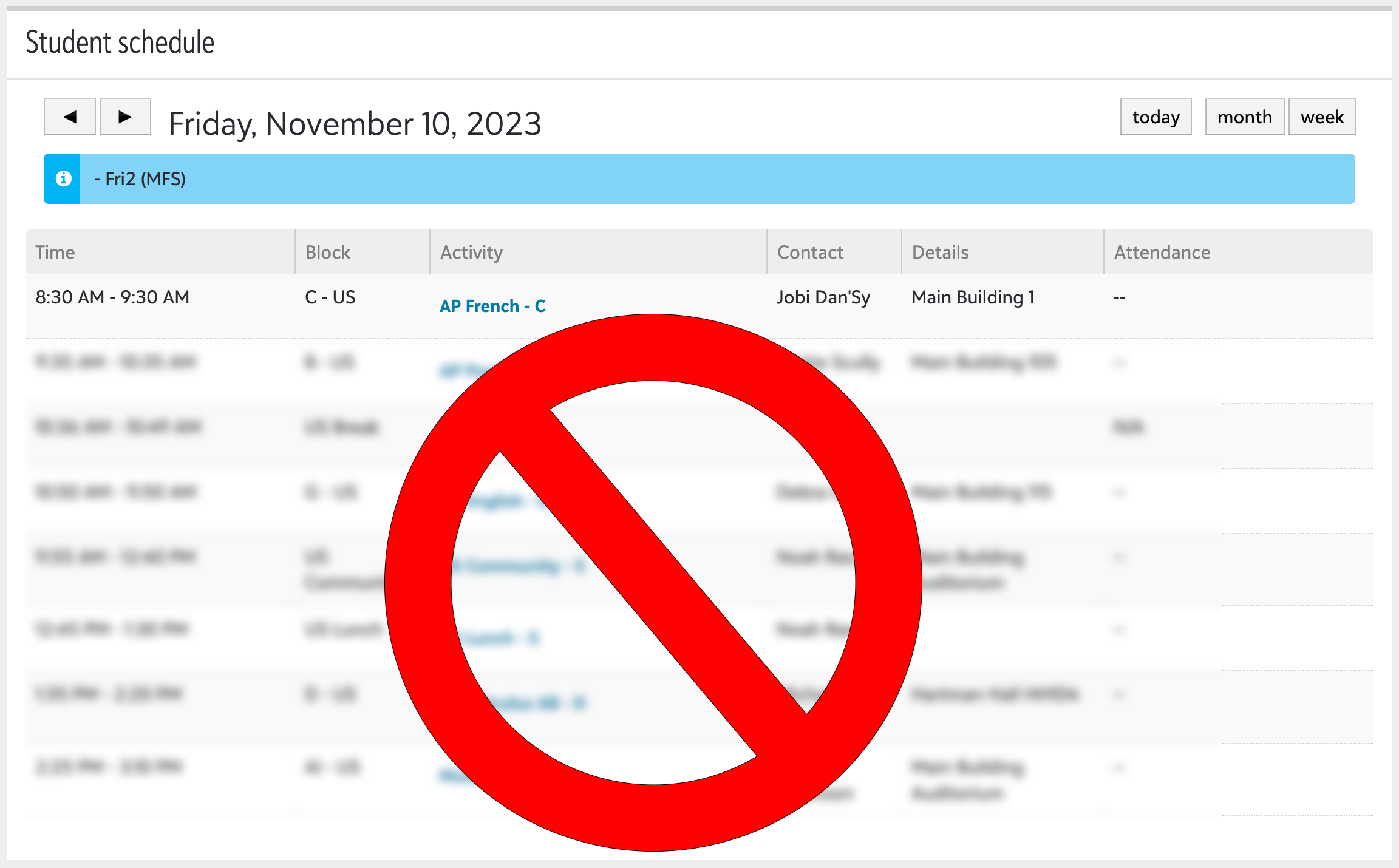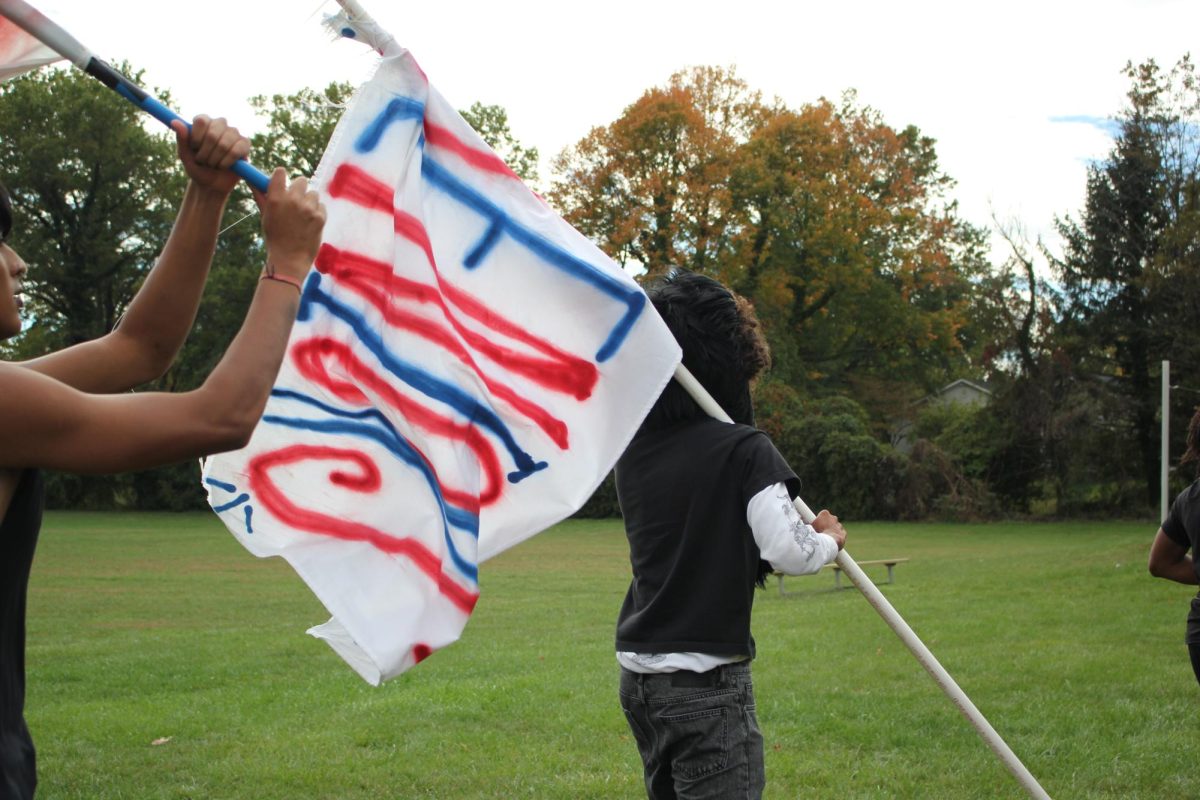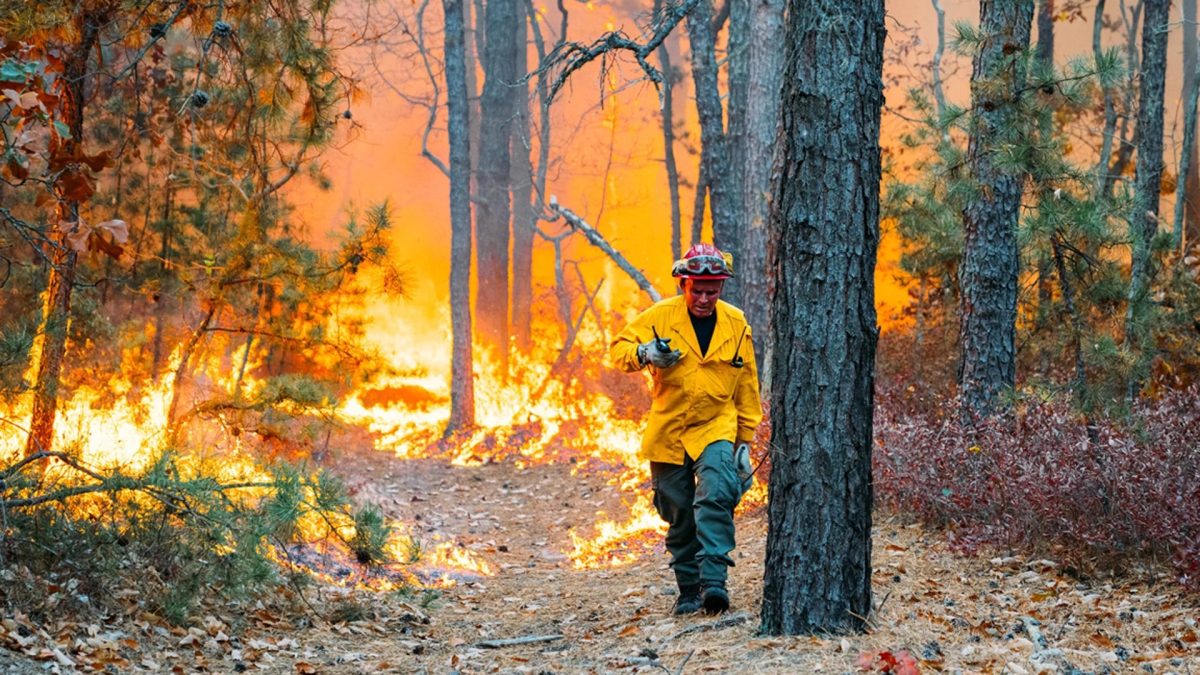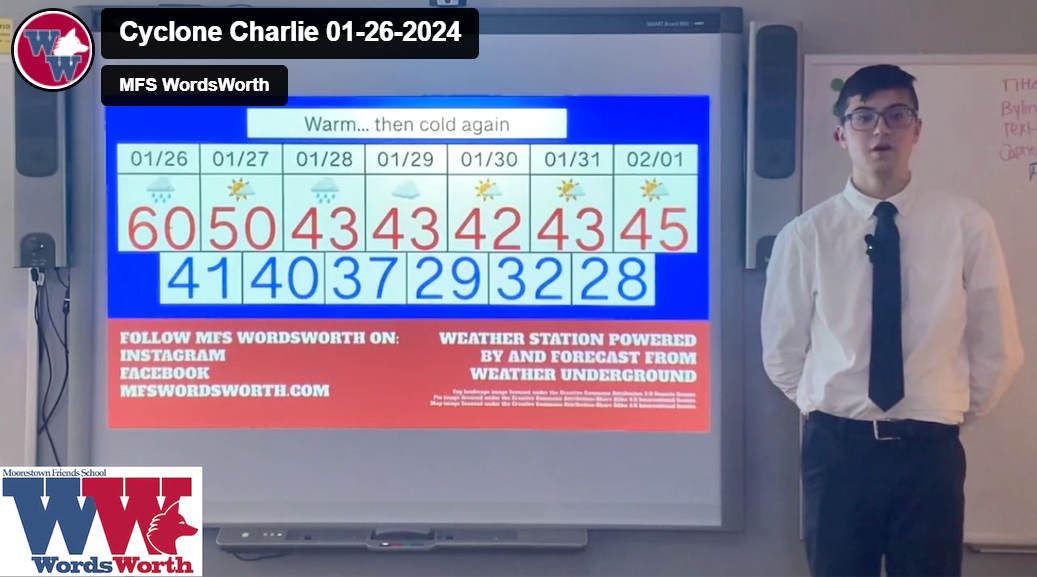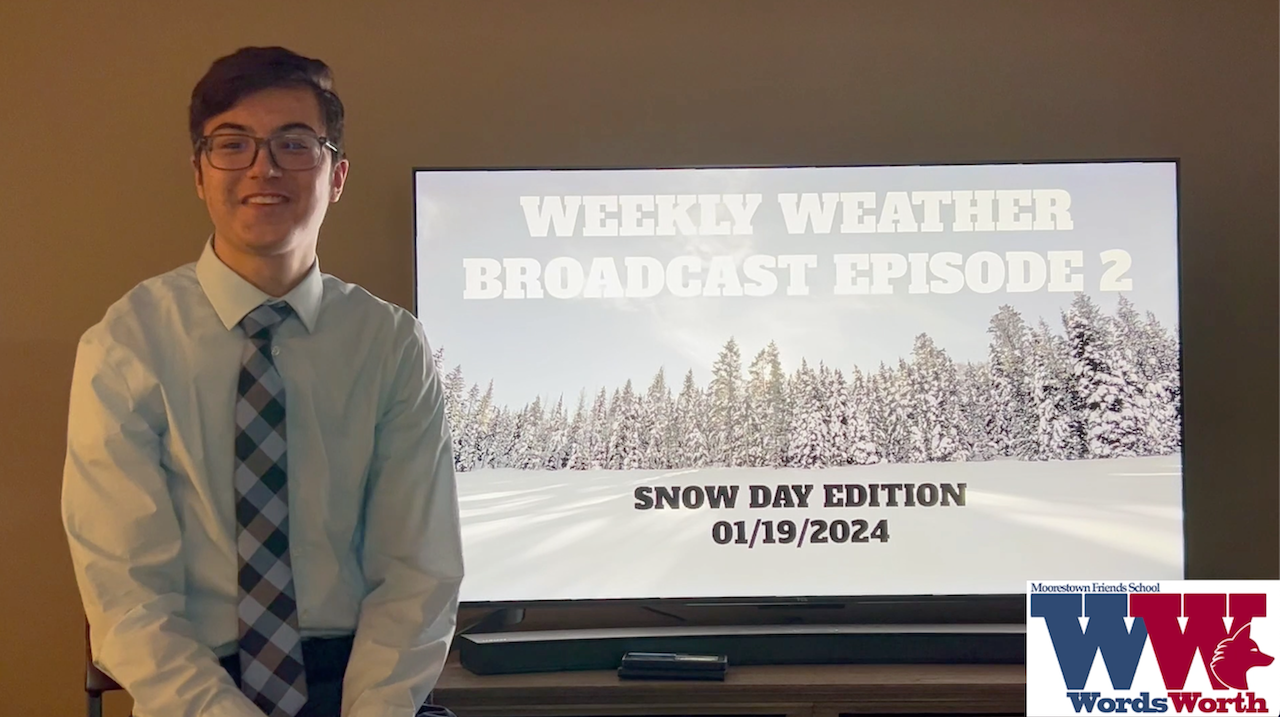A rare total solar eclipse will occur on Monday, April 8 from 2:08 PM to 4:35 PM, and in Moorestown, the moon will cover about 88.4% of the sun. Students will have the opportunity to see the height of the eclipse at 3:24 PM after dismissal, but the eclipse must be observed with proper protective sunglasses.
In an email sent to the MFS community by Mike Schlotterbeck and signed by Head of School Julia de la Torre on March 21, it was announced that MFS will be providing eclipse-safe glasses for all factually, staff, and students. The glasses are approved by the American Astronomical Society and adhere to safety guidelines detailed by NASA.
“This is a wonderful opportunity to talk with your children about solar eclipses and to participate in a unique astronomical experience,” de la Torre wrote in the email.

A total solar eclipse occurs when the moon covers the sun as it passes in between the sun and the earth. Total solar eclipses happen about every 18 months, but they are usually in places that are very inconvenient to get to. In 2017, a total eclipse occurred that reached 12 million people, but this 2024 total eclipse is rare because it will be visible in more majorly populated areas, enabling some 31.6 million people to have the opportunity to see it. Additionally, the sun has entered a phase called a solar maximum, meaning that there will be more solar activity when viewing the total eclipse. According to NASA, “Solar flares, coronal mass ejections, high-speed solar wind, and solar energetic particles are all forms of solar activity.”
During the total eclipse, temperatures may drop up to 14 degrees, specifically in zones that are less humid, and the sky will darken. As stated previously, looking directly at any eclipse with no eye protection is not safe despite the sky darkening. Regular sunglasses, unprotected camera lenses, and unprotected binoculars cannot be used to safely observe the eclipse. NASA also suggests alternative viewing methods such as indirect viewing with your back to the sun through your fingers (for viewing shadows, not the sun itself), or constructing your own eclipse projector. If you plan to watch an eclipse in full, it is also important to wear sunscreen in order to protect your skin, seeing as partial eclipses can last for over an hour. Red Cross also recommends packing an emergency kit if you are planning to travel through areas of high traffic.
Tali Natan (cousin of Chloe Marshall ’26), a second year graduate student researching massive stars, explained that “the reason this [eclipse] is so exciting is that it’s the last total eclipse over North America until 2044.” Natan planned to be in the path of totality, and waited until Sunday night before the eclipse to decide between driving to Ohio, Pennsylvania or New York depending on visibility. The eclipse is particularly interesting this year because, since the Sun is on a 12-year cycle, the solar maximum will mean that solar activity is at its height. This is relevant to various fields of science since the eclipse will make it easier to study the outer layer of the Sun.
“The corona is the atmosphere outside of the Sun, and it’s really hard to visualise because it is so much dimmer than the Sun itself. So, the only time that we can observe it [in this capacity] is during total eclipses when the disk of the Sun is totally blocked out. Only then can you see the corona of the Sun. So, for scientists, it is a very exciting time to do physics on that specific portion.”
Natan is excited for the eclipse, and, as a self proclaimed “star-nerd,” notes the simple fun of such a “visually stunning” and “nationwide event.”
Citations
“2024 Total Eclipse.” NASA, NASA, 2024, science.nasa.gov/eclipses/future-eclipses/eclipse-2024/.
Bakan, Josh. “Total Solar Eclipse: How Much We’ll See in Moorestown, When to See It.” Moorestown, NJ Patch, Patch, 5 Apr. 2024, patch.com/new-jersey/moorestown/will-i-see-total-solar-eclipse-moorestown-0.
DeLetter, Emily. “What Time Is the 2024 Solar Eclipse? Here’s When You Should Look up in Your Area.” USA Today, Gannett Satellite Information Network, 8 Apr. 2024, www.usatoday.com/story/news/nation/2024/04/07/solar-eclipse-time-2024/73216068007/#:~:text=The%20eclipse%20begins%20in%20Mexico,the%20maritime%20provinces%20of%20Canada.
Healy, Liam. “Eclipse 2024: Why 2024’s Total Solar Eclipse Is so Unique.” RochesterFirst, RochesterFirst, 4 Apr. 2024, www.rochesterfirst.com/eclipse/eclipse-2024-why-2024s-total-solar-eclipse-is-so-unique/#:~:text=In%202024%20the%20path%20crosses,the%20sun’s%20corona%20during%20totality.
“What Is Solar Activity?” NASA, NASA, 2024, www.nasa.gov/image-article/what-solar-activity/#:~:text=The%20sun%20is%20a%20magnetic,by%20the%20solar%20magnetic%20field.
“Eclipse Viewing Safety.” NASA, NASA, 2024, science.nasa.gov/eclipses/safety/.
“Five Things You Should Do If Traveling to See the Eclipse.” American Red Cross, 2024, www.redcross.org/about-us/news-and-events/news/2024/five-things-you-should-do-if-traveling-to-see-the-eclipse.html.





